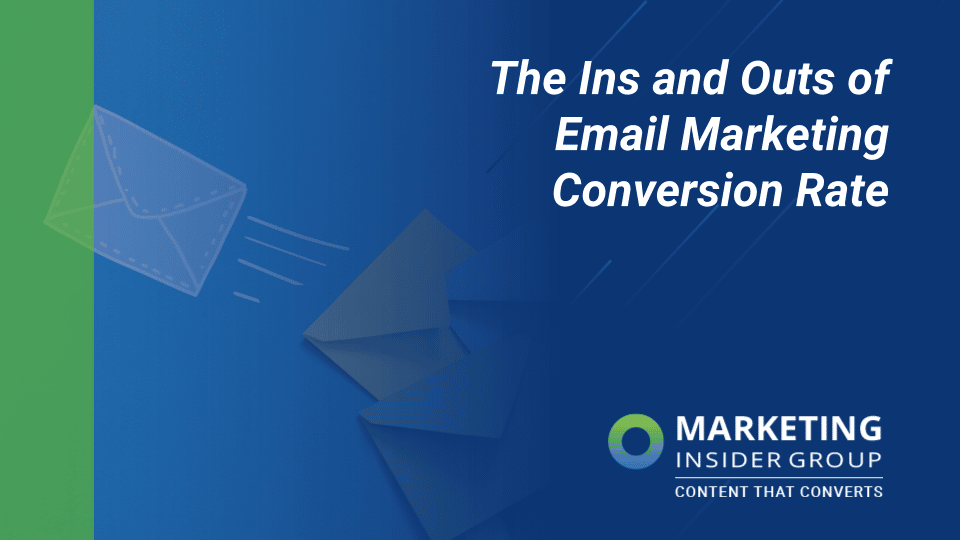
The Ins and Outs of Email Marketing Conversion Rate
Despite the emergence of new communication channels, email remains king. The industry is saturated with marketing clutter, but email still drives the highest ROI out of all B2B marketing strategies. On average, businesses can earn $44 for every dollar spent on email marketing.
As email marketers, it’s important to know how your email marketing results compare to your competitors and other businesses in your industry. This will help you determine, for instance, what kind of open rates or conversion rates businesses like yours should expect. The more you know, the better.
How to Calculate Your Email Conversion Rate
Before you begin benchmarking data and statistics, you need to comprehensively understand your email conversion rate (ECR) and the metrics supporting it.
Conversion rate refers to the percentage of subscribers who either complete the desired action or become customers, depending on your conversion goal.
To compute your conversion rate, divide the number of signups or purchases by the total number of successful email deliveries. Then, multiply it by 100.
Conversion Rate (%) = # of signups or purchases / # of Successfully Delivered Emails X 100
Once you know your conversion rate, you can now compare it with industry standards. If it’s below average, then you can implement various conversion rate optimization techniques. Continue to calculate your conversion rates as you try each new technique to determine which ones are working best.
Major Factors that Affect Email Marketing Conversion Rates
-
Email Responsiveness
Mobile responsiveness is critical to how your emails are displayed on various devices. These days, users open their emails on a variety of devices—from desktops and laptops to tablets and smartphones.
A recent study by Return Path analyzed more than 27 billion email opens between May 2016 and April 2017. It revealed that more than 55% of emails were opened on a mobile device. On weekends, the rate rises to 60%.
If your emails aren’t responsive, then the effort you put on your email design and layout will all be for naught, as 70% of email recipients will delete an email immediately if it’s not mobile friendly. People are busy enough and won’t have the patience to deal with less-than-perfect email design.
Likewise, many people will simply trash an email if the text is in an unreadable font or if they have to zoom in for it to be readable. How can they even be enthusiastic about signing up or purchasing your product when they can’t even properly tap or click on your CTA button? Hence, the importance of responsive email design is very real.
-
Segmentation and Personalization
The days of one-size-fits-all marketing messages are long gone, as modern marketers take advantage of segmentation and personalization tactics and technologies to reach their buyers and drive them towards conversion goals.
In fact, marketers report a 760% increase in email revenue from segmented campaigns. Furthermore, 96% of organizations believe that email personalization improves email marketing performance.
Segmenting your email list will help you personalize your email message, and ensure that your offer is tailored to the specific B2B buyer you’re sending the email to. By personalizing your email according to their interests and specific stage in the buyer journey, you can better convince your email recipient to convert.
-
Subject Lines
Your email subject line is crucial to getting your emails opened. After the sender name, it’s the first thing an email recipient reads when they’re sifting through their inbox.
Research reveals that 47% of users open an email based on the subject line. If they like what they see, then they’ll open your email. So, if you want to increase your email open rates, optimizing your subject line should be your first course of action.
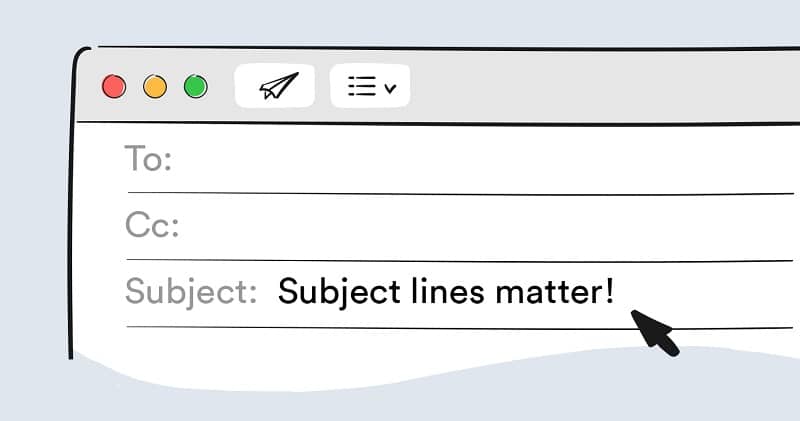
This aspect of any marketing email is incredibly important. If your email remains unopened, then your prospect won’t get to see the value of your offer. Therefore, your chance of converting your recipient goes to zero.
-
List Health and Size
You’ve built your email list through the years and may have amassed thousands of subscribers, but are you sure that your emails are delivered successfully?
Your campaign size may be big, but your conversion rate may be extremely small due to poor email list health. Research shows that open rates and conversion rates tend to fall as email marketing lists become bigger.
You may also notice that your bounce rate is high, which means that a large portion of your email list is not getting your email at all. It may be due to network problems, full mailbox, or invalid email address. You can address this by doing a little list spring-cleaning every now and then.
-
Value Offer
Your marketing email will always contain an offer, be it through educational or promotional content. The important thing is to communicate the value of your product or service offering.
When you’re not achieving positive conversion rates, take a second look at your content. Are you highlighting the value of your offer? Are you thinking about your customers’ points of view? Is it clear how the recipient will benefit from taking action?
Put yourself in your prospects’ shoes to help determine where they’ll derive the most value. This will help identify your unique selling proposition and direct the email copy strategy.
-
Landing Pages
Most emails direct their subscribers to a landing page using a call-to-action (CTA) button. There may be times when you have a high click-through to landing page rate, but a relatively low conversion rate. When this happens, you need to revisit your landing page.
It could be that your landing page doesn’t make it easy for users to sign up or purchase your product, or that you’re asking for too much information. These mistakes can create unnecessary barriers for your potential customers, which is never good. So, make sure you’re implementing landing page best practices for best results.
Email Marketing Open and Click-Through Rates by Industry
There will be times when you get frustrated about not being able to meet the conversion rates and metrics you’ve set for your campaign, which is why it’s important to know industry standards.
Will these numbers directly affect your conversion rates? Most likely not. But they will help you set more realistic goals and benchmark whether or not you’re doing a good job.
To get the average industry standards, Mailchimp tracked email campaigns with at least 1,000 recipients and scanned over hundreds of millions of emails delivered through their systems.
| Industry | Open Rate | Click-Through Rate |
| Agriculture and Food | 24.71% | 2.98% |
| Architecture | 24.78% | 2.90% |
| Arts and Artists | 27.23% | 2.85% |
| Beauty and Personal Care | 18.48% | 1.96% |
| Business and Finance | 20.97% | 2.73% |
| Computers and Electronics | 20.87% | 2.16% |
| Construction | 22.10% | 1.95% |
| Consulting | 19.54% | 2.26% |
| Creative Services / Agency | 22.41% | 2.61% |
| Daily Deals / E-coupons | 15.22% | 2.39% |
| E-commerce | 16.75% | 2.32% |
| Education and Training | 22.00% | 2.63% |
| Entertainment and Events | 21.21% | 2.33% |
| Gambling | 18.75% | 3.35% |
| Games | 20.82% | 3.33% |
| Government | 26.33% | 3.62% |
| Health and Fitness | 21.93% | 2.57% |
| Hobbies | 28.46% | 5.13% |
| Home and Garden | 23.82% | 3.47% |
| Insurance | 21.56% | 2.11% |
| Legal | 22.49% | 2.99% |
| Manufacturing | 21.74% | 2.33% |
| Marketing and Advertising | 17.81% | 1.92% |
| Media and Publishing | 22.14% | 4.70% |
| Medical, Dental, and Healthcare | 22.43% | 2.42% |
| Mobile | 19.43% | 2.10% |
| Music and Musicians | 22.86% | 2.84% |
| Non-Profit | 24.98% | 2.76% |
| Other | 23.06% | 2.81% |
| Pharmaceuticals | 20.02% | 2.51% |
| Photo and Video | 25.36% | 3.49% |
| Politics | 22.23% | 2.17% |
| Professional Services | 20.89% | 2.47% |
| Public Relations | 20.12% | 1.64% |
| Real Estate | 20.84% | 1.91% |
| Recruitment and Staffing | 20.73% | 2.18% |
| Religion | 26.46% | 3.11% |
| Restaurant | 21.17% | 1.25% |
| Restaurant and Venue | 21.71% | 1.33% |
| Retail | 20.96% | 2.50% |
| Social Networks and Online Communities | 21.71% | 3.33% |
| Software and Web App | 20.95% | 2.29% |
| Sports | 25.41% | 3.19% |
| Telecommunications | 21.57% | 2.43% |
| Travel and Transportation | 20.69% | 2.17% |
| Vitamin Supplements | 17.26% | 1.80% |
| AVERAGE | 21.80% | 2.78% |
Based on the data presented by MailChimp, the average open rate across all industries is at 21.80%, and the average click-through rate is 2.78%. However, email marketers need to know the average open and click-through rates for their specific industry instead of basing it on the overall average rates because it varies per industry.
For instance, the arts and artists, government, architecture, agriculture and food, and non-profit industries demonstrate an above-average open rate. On the other hand, the media and publishing, government, photo, and video have exemplary click-through rates.
Email Marketing Open, Click-Through, and Conversion Rates by Email Type
The type of email you send is another contributing factor to the results of your email campaign. Remarkety studied the metrics of email campaigns of a wide range of e-commerce businesses under their platform.
Here are the open rates, click-through rates, and conversion rates you can expect depending on the type of email you’re sending. Note that this particular study defined conversion rate as the percentage of how many people place an order within three days of opening or clicking an email.
| Email Type | Open Rate | Click-Through Rate | Conversion Rate |
| Newsletter | 23.4% | 17.8% | 1% |
| Order Follow-Up | 46.1% | 16.7% | 5% |
| Inactive Customers | 38.9% | 19.5% | 2.6% |
| Abandoned Cart | 46.6% | 28.7% | 5% |
| Member Follow-Up | 39.2% | 22.4% | 2.7% |
-
Newsletter
Remarkety analyzed newsletters such as email blasts sent to entire contact lists and segmented lists. They found that the average open rate is at 23.4%, while the average click-through rate is at 17.8%.
Email newsletters take a long time to create between crafting the email copy and designing the newsletter. But, the study also revealed that out of 100 email newsletters sent, only one converts into a purchase.
-
Order Follow-Up
When a buyer purchases something from your company, you can expect them to be more receptive to order follow-up emails such as feedback campaigns, order replenishment campaigns, review requests and reward campaigns. In fact, almost half (46.1%) of email recipients open emails that are related to their purchase.
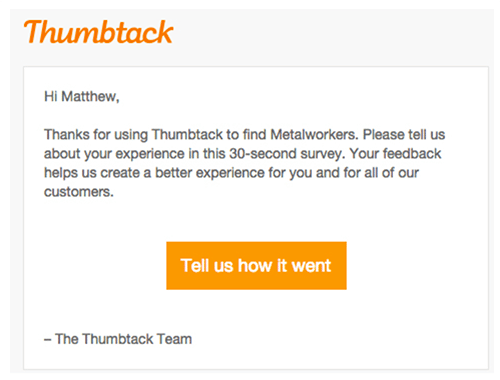
The average click-through rate is slightly lower than regular newsletters (16.7%), but the conversion rate is much higher at 5%. Once people order from you, they’re more likely to purchase again.
-
Inactive Customers
Some customers or subscribers can forget about your brand after reading an email they didn’t find interesting. It could also simply be because they became preoccupied with their personal and professional lives. As such, they haven’t been opening, clicking through your emails, or making purchases.
The findings of the study prove that you can win back these inactive customers by sending them emails that will encourage another purchase. Surprisingly, the open rate for inactive customer emails is at 38.9%, and the click-through rate is at 19.5%—higher than newsletters or order follow-up emails.

The average conversion rate for inactive customer emails is also higher than newsletters at 2.6%, which means that it’s a good idea to invest in winning back inactive customers by sending them coupons or special discounts and other deals.
-
Abandoned Cart
An abandoned shopping cart is a lost opportunity. Thankfully, you can bring them back to your website through shopping cart abandonment emails.
The average open rates for shopping cart abandonment is 46.6%—even higher than order follow-up email standards. Click-through rate is at an impressive 28.7%, and conversion rate is at 5%.
-
Member Follow-Up
New user registration emails, welcome email series, and member follow-up emails perform well too. Its open rate averages at 39.2%, while click-through rate is at 22.4%.
Meanwhile, conversion rates are slightly higher than inactive customer emails (2.7%), which means you have a decent chance of making a sale from a simple welcome series. The mere fact that a user signs up to your newsletter means that they already consider you an industry thought leader.
Final Word
When you set a goal for your email marketing campaign, you need to base it on industry standards. If you’re getting higher than the industry standards provided above, then you and your team are implementing email marketing well. Not to say that you can’t still improve, but it’s always nice to know that you’re a step ahead of the competition.
Another effective strategy is to make sure that you’re sending from a real person’s email address ([email protected]) instead of a [email protected] email. Your recipients need to know that a professional from your organization is sending them.
Verify and clean up your email list to increase your delivery rate and segment your list carefully. Make sure to craft a compelling subject line and personalize your content by highlighting your value offer creatively—making it difficult for your customers to pass up your email.

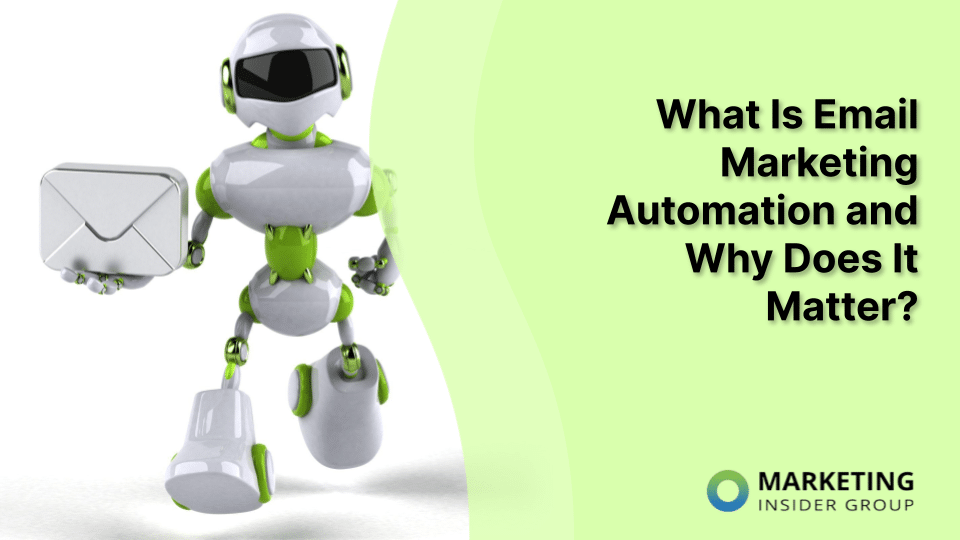

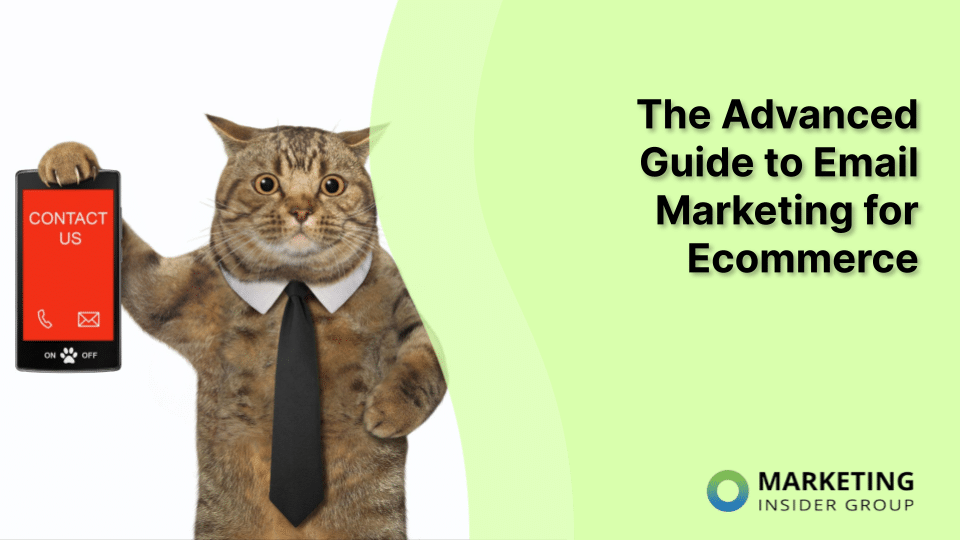



Cool insights into email marketing. Loved it.